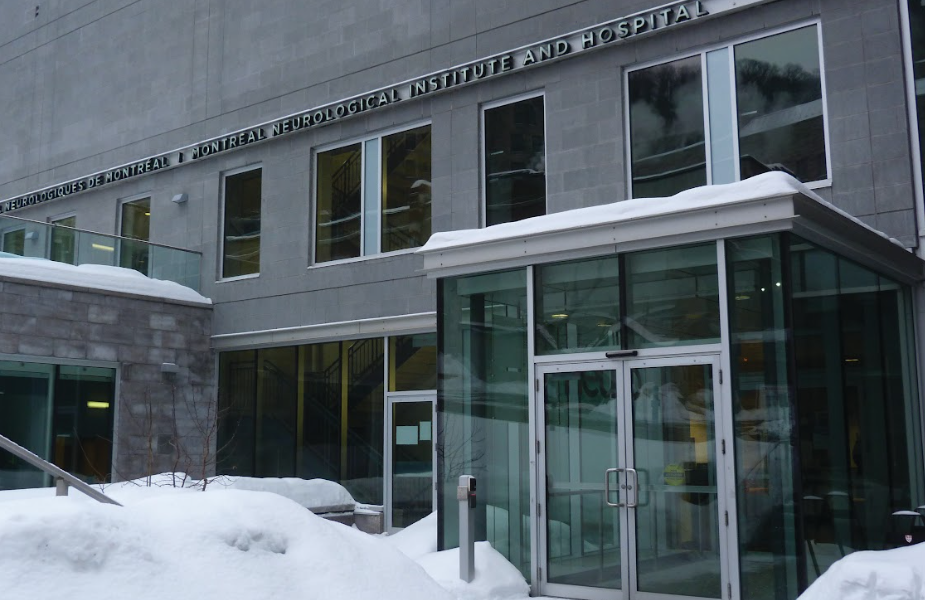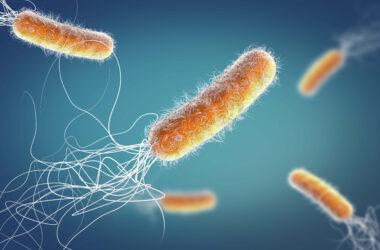Neurodegenerative diseases such as Alzheimer’s, Parkinson’s, and ataxia are caused—as their categorization would suggest—by the degradation of nervous system cells. One to three individuals per 100,000 are affected by late-onset cerebellar ataxias (LOCA), a disease characterized by impaired muscle control that worsens over time. While most types of ataxia set in during childhood, LOCA is exhibited by patients older than 30. Other, more common types of ataxia are well-studied, but the causes of LOCA were unclear until Dr. Bernard Brais and his team made a breakthrough.
Brais, a researcher at the Montreal Neurological Institute (The Neuro) and McGill professor of genetics, identified a genetic mechanism highly correlated with the onset of LOCA in a recent article published in The New England Journal of Medicine. The researchers found that the accumulation of long strings of repeating GAA segments—a specific sequence of three DNA nucleotides—causes underexpression of vital proteins responsible for nerve impulses and impairs the expression of a vital gene called fibroblast growth factor (FGF14). Nucleotides, which are the building blocks of genetic information, form a code that tells the cell how to produce proteins.
Brais explained that LOCA is characterized by deteriorated movement coordination: Patients experience difficulty walking and speaking, are easily exhausted by physical exercise, and manifest a high intolerance to alcohol.
At the cellular level, LOCA is caused by a reduced number of ion channels in nerve cells called Purkinje neurons in the cerebellum—the bulbous region on top of the brainstem—that are responsible for movement control. Ion channels are proteins embedded in the membranes of neurons that allow certain ions, which are charged atoms, to pass through. These channels regulate the number of ions travelling in and out of cells and establish a voltage difference across the membrane, which is crucial for sending signals down the neuron. Without these signals, the nervous system couldn’t perform important functions like muscle contractions, reflex responses, and sensory processing.
The FGF14 gene carries instructions for how cells should make proteins to help organize ion channels in DNA sequences. Brais’ investigation revealed that LOCA is caused by a mutation that creates more GAA repeats in the FGF14 gene: A kind of copying and pasting is happening, where three nucleotides reappear hundreds of times in the middle of a sequence. Such a mutation prevents cellular machinery from ‘reading’ the gene properly and ultimately producing the right number of ion channels. According to Brais, GAA repeats are responsible for 61 per cent of LOCA cases in French-Canadian patients.
“We think [that] from the DNA on FGF14, there is no [protein] produced. It creates a region that prevents this copy of the gene from being expressed,” Brais said in an interview with The McGill Tribune. “If [the repeated region] is large enough, it will decrease the expression of one copy to the extent that, with time, those cells will find [it] more difficult to organize their channels that are so important for their electrophysiological activity.”
This discovery also explains why patients with fewer GAA repeats in the FGF14 gene have mild or no symptoms of ataxia, as the disease’s severity depends on the GAA region’s size. Brais explained that unaffected people have eight to 35 GAA copies—as numbers approach 250, there is an increased risk of developing LOCA, and 300 repeats are sufficient to cause ataxia.
Finally understanding LOCA’s cause brings researchers closer to developing a cure. In fact, a drug developed to target GAA repeats in Friedreich’s ataxia is a promising treatment for LOCA.
“There’s a lot known about Friedreich’s because it was cloned many years ago, […] that’s why we know so much about the GAA repeats,” Brais explained. “[The] GAA repeat in [another] gene has been studied extensively and it does the same thing as in FGF14.”
Is there a way to remove GAA repeats from FGF14 once and for all? Yes and no. There is a powerful technology called CRISPR which, in theory, can delete any sequence in the genome. Removing over 300 repeats in LOCA patients, however, is not a straightforward task.
“I don’t think we’re close to a therapeutic trial, at least with those long repeats for sure,” Brais said. “Delivering [CRISPR agents] to the brain is still a major challenge. But yes, at least in theory, you can […] remove that expansion.”








